From Arctic sharks in the Caribbean to red wolves and black rhinos: The best species-related stories of the year

Scientists and researchers have made some remarkable discoveries in 2022 with a handful of not only new species, but rediscoveries of ones that many believed to be extinct.
Here is some of the extraordinary species-related news of 2022:
Previously extinct bird, gecko populations from the Galapagos Islands have reappeared
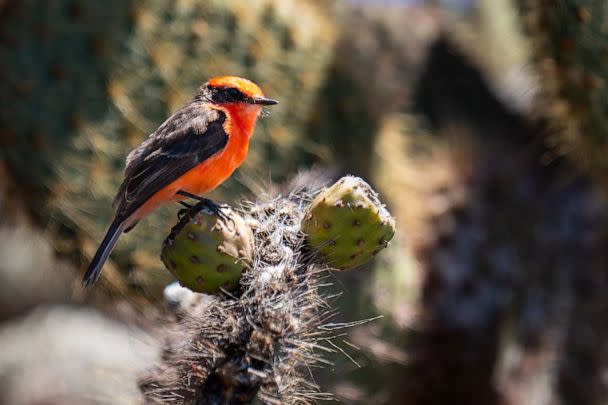
Long thought to be extinct on the Galapagos Islands, cactus finches and geckos reappeared a decade after an invasive rodent species was destroyed.
Both the geckos and finches are now "thriving" in their respective habitats, according to biologists who recently traveled to the Rabida and Pinzon islands in the Galapagos to monitor the wildlife recovery.
Shark native to the Arctic found thousands of miles south in the Caribbean
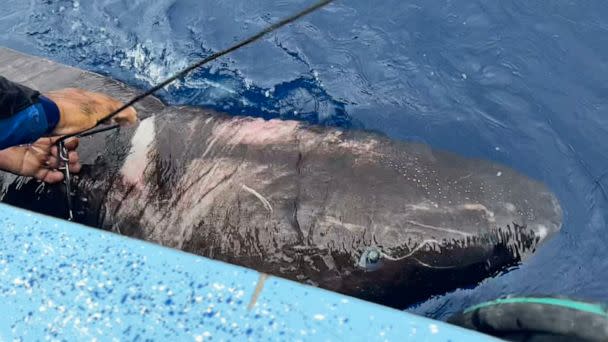
Over the summer, a shark native to the Arctic was recently discovered in warmer waters thousands of miles away, baffling scientists.
Researchers from Florida International University and the Belize Fisheries Department found the Greenland shark in the Caribbean Sea. They were working with Belizean fishermen to tag tiger sharks.
The discovery marked the first time the shark had been found in western Caribbean waters.
"I knew it was something unusual and so did the fishers, who hadn't ever seen anything quite like it in all their combined years of fishing," Devanshi Kasana, a marine biologist at FIU and a Ph.D. candidate in the university's Predator Ecology and Conservation lab, told ABC News at the time.
Black rhino populations are starting to thrive in Zimbabwe for the first time in decades, experts say
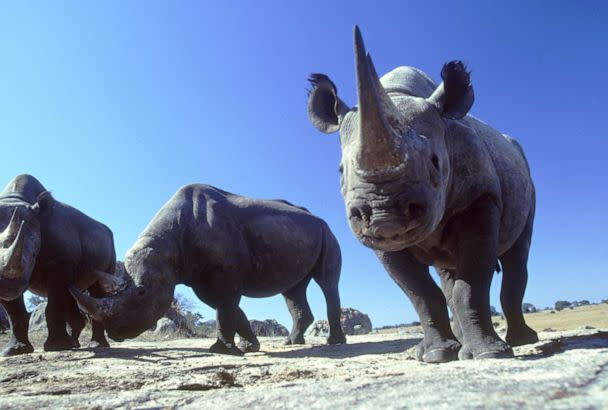
According to the International Union for Conservation of Nature Species Survival Commission's African Rhino Specialist Group, the rhino population in Zimbabwe has rebounded, with over 1,000 rhinos in the country for the first time in three decades, including 614 black and 415 white rhinos, listed as critically endangered and near threatened on the IUCN's Red List of Threatened Species, respectively.
Conservationists said that the rise of rhinos in Zimbabwe is proof that conservation efforts to protect rhinos have been successful.
Endangered red wolf populations could be revived with 'ghost' genes from coyotes, scientists say
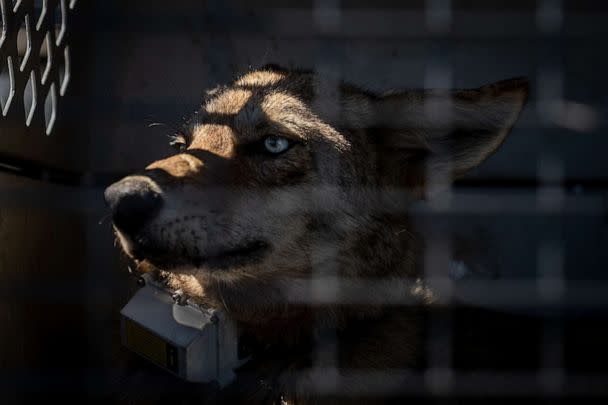
Since the last known members of red wolves were captured in the 1980s to create a captive breeding population, the animal has not existed out in the wild in parts of southwestern Louisiana and eastern Texas, according to a June report published in Science Advances.
However, researchers are hopeful that the species could be revived in the wild after a portion of its DNA has been discovered in wild coyote populations.
Conservationists say that only 20 to 30 red wolves currently exist in the wild along the North Carolina coast and are categorized as critically endangered by the International Union for Conservation of Nature's Red List of Threatened Species.
Discovery of 'pristine' coral reef near Tahiti could help save dying coral reefs around the world, scientist says
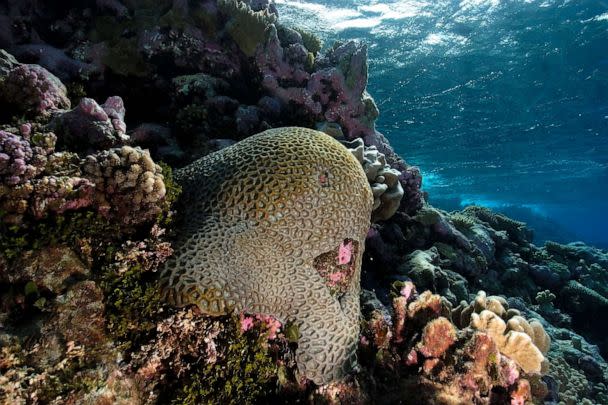
In January, scientists discovered one of the largest coral reefs in the world in deep waters in the South Pacific in French Polynesia, according to the United Nations Educational, Scientific and Cultural Organization.
According to UNESCO, the reefs, which are shaped like "giant roses," appeared clean and apparently untouched, indicating it's thriving at a time when climate change has significantly impacted coral reefs.
Giant, meat-eating new dinosaur species discovered in Argentina

Paleontologists discovered a new dinosaur species similar to the Tyrannosaurus rex in July in the northern Patagonia region of Argentina. Scientists named the giant meat-eating dinosaur species Meraxes gigas.
The Meraxes gigas had a large head and tiny arms, which researchers said gave apex predators particular survival advantages, according to Current Biology.
The species name, Meraxes gigas, was named after a dragon in the "Song of Ice and Fire" book series that inspired the TV show "Game of Thrones."
Scientists found an almost complete skeleton in the Omnogovi Province of a bird-like creature. The specimen was named "Natovenator polydontus," or "Swimming hunter with many teeth," according to a paper published in Communications Biology.
From Arctic sharks in the Caribbean to red wolves and black rhinos: The best species-related stories of the year originally appeared on abcnews.go.com
